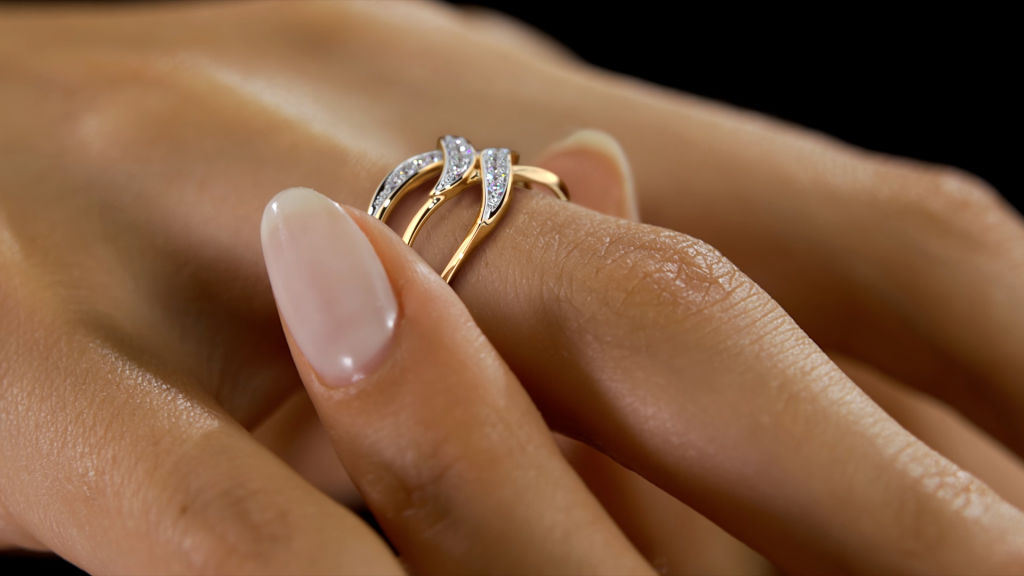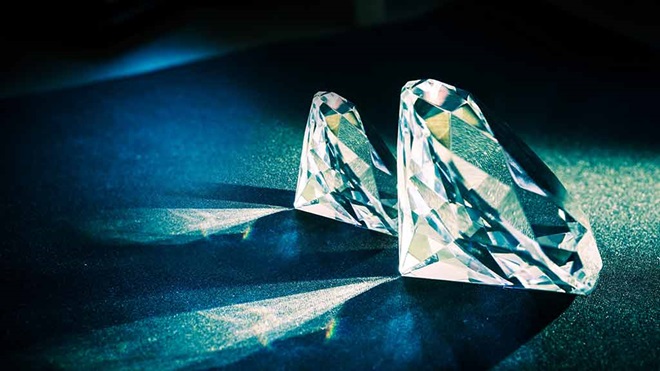When it comes to diamonds, one of the most significant factors people consider is size. In the jewelry industry, the size of a diamond is typically measured in carats (ct), and it is often a key determinant of a diamond’s value and visual impact. However, the idea that “bigger is better” isn’t always true. Diamond size matters, but it’s not the only aspect to consider when purchasing a diamond. Understanding how size relates to other important characteristics, such as cut, clarity, and color, is essential for making an informed decision.
The Role of Carat Weight in Diamond Size
The carat is the standard unit used to measure a diamond’s weight, with one carat equaling 0.2 grams. While it’s a common misconception that carat weight directly translates to size, carat weight does correlate with a diamond’s visual dimensions. Larger diamonds typically appear more prominent and can be more dazzling in appearance. However, the actual size of a diamond (its diameter or dimensions) can vary depending on factors like cut quality and shape.
For example, two diamonds with the same carat weight can appear different in size depending on their cut. A diamond with a shallow cut may have a larger diameter but less depth, while a well-proportioned cut will maximize brilliance but might appear slightly smaller due to its depth.
How Size Affects Diamond Value
In the world of diamonds, size is closely tied to value. Larger diamonds are rarer, and rarity contributes to their higher price. The value of a diamond increases exponentially with carat weight. For example, a 2-carat diamond will often cost significantly more per carat than a 1-carat diamond, even though the weight difference may only be 1 carat.
However, carat weight is only one part of the equation. Cut, color, and clarity are all crucial factors in determining a diamond’s overall value. A 2-carat diamond with poor clarity or color may be worth less than a 1-carat diamond with exceptional clarity and color. The ideal is to find a balance between size and these other characteristics, ensuring that you get the best value for your budget.
Diamond Shape and Size Perception
The shape of the diamond also affects how its size is perceived. For example, a round brilliant diamond of a given carat weight may look smaller than a similarly weighted oval or emerald-cut diamond, which have longer profiles. The shape of the diamond can influence how it catches light and how big or small it appears on the finger.
Some shapes, like princess cuts or cushion cuts, lab diamonds, may appear more compact or larger than others at the same carat weight. When considering diamond size, it’s important to think about the shape you prefer and how it influences the visual impact of the stone.
Aesthetic Considerations: Bigger Isn’t Always Better
While larger diamonds certainly make a statement, it’s important to remember that size alone isn’t the ultimate measure of beauty. A diamond’s brilliance, fire, and scintillation (the way light interacts with the diamond) are crucial to its overall appeal. A smaller diamond with an excellent cut may be far more dazzling and visually striking than a larger diamond with a poor cut.
When selecting a diamond, personal preference and lifestyle should play a role in the decision-making process. Some individuals prefer a more understated look with a smaller diamond, while others might favor a bold statement with a larger stone. Additionally, the style of the setting can influence how the size of the diamond is perceived. A diamond set in a halo or three-stone setting, for example, may appear larger than it actually is.
Conclusion: Diamond Size as Part of the Bigger Picture
While it’s true that diamond size matters, it’s only one factor among many that determine a diamond’s beauty, value, and overall appeal. The perfect diamond isn’t necessarily the largest one, but the one that balances carat weight with the quality of cut, clarity, and color. Buyers should carefully consider their priorities—whether it’s size, brilliance, or budget—and choose a diamond that fits both their preferences and their lifestyle.




